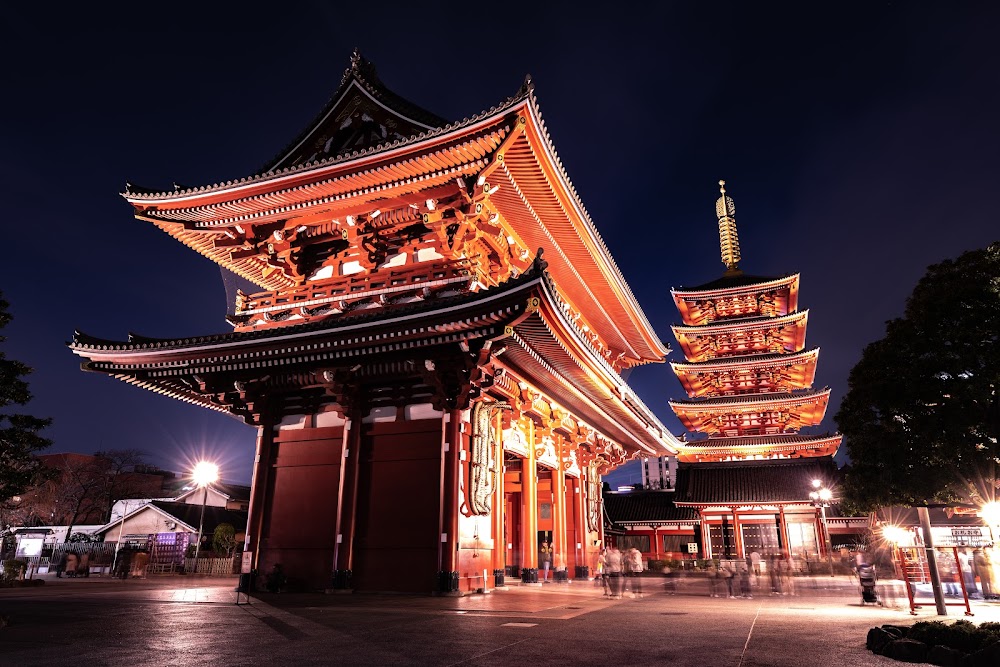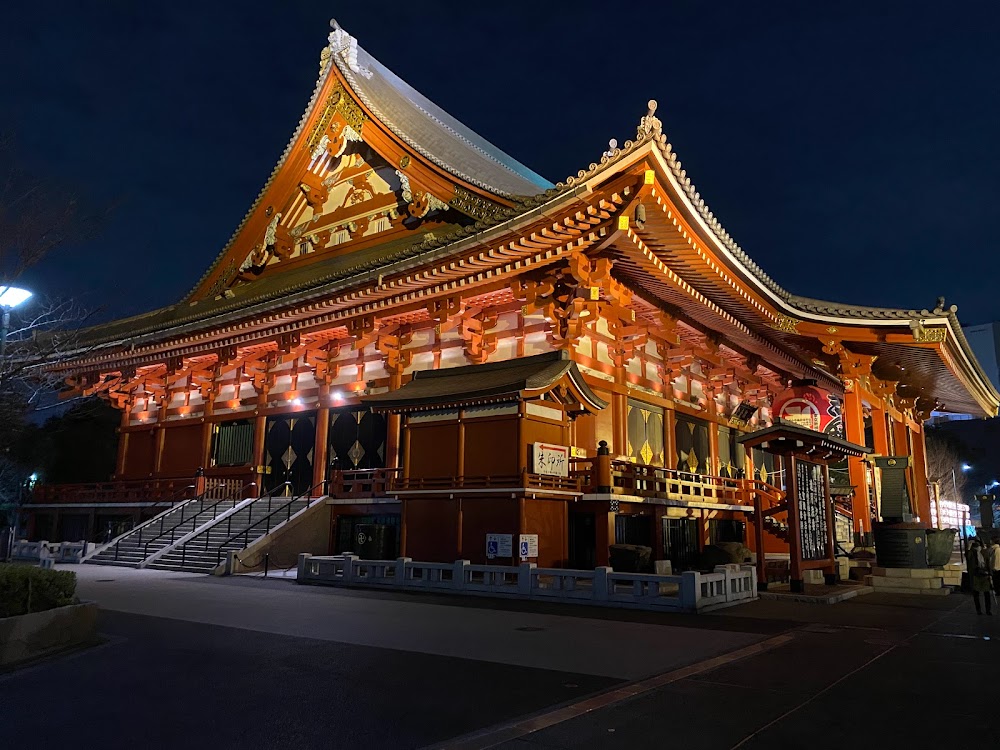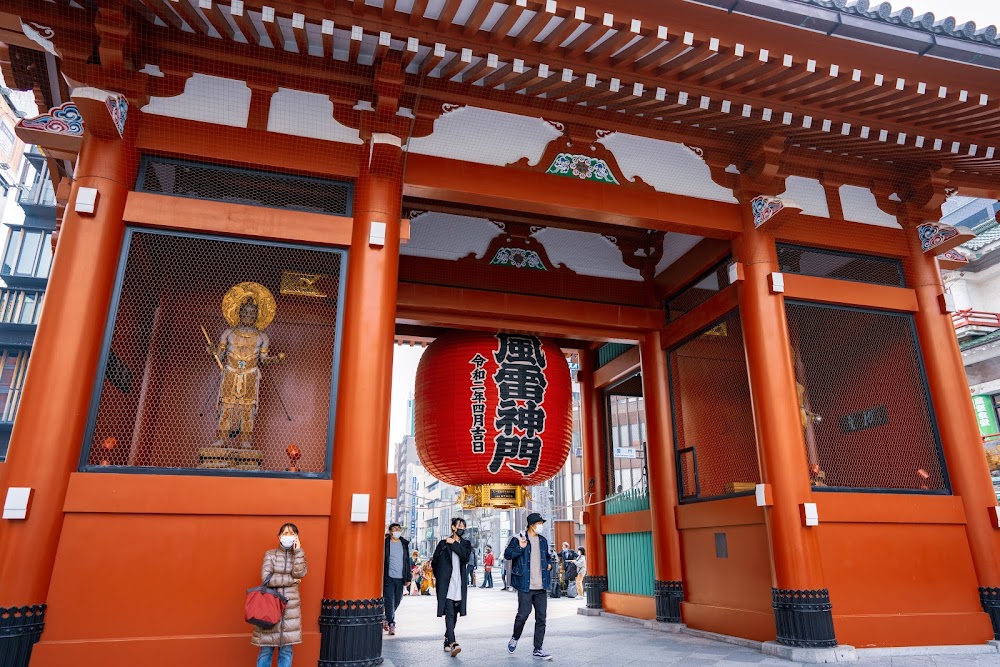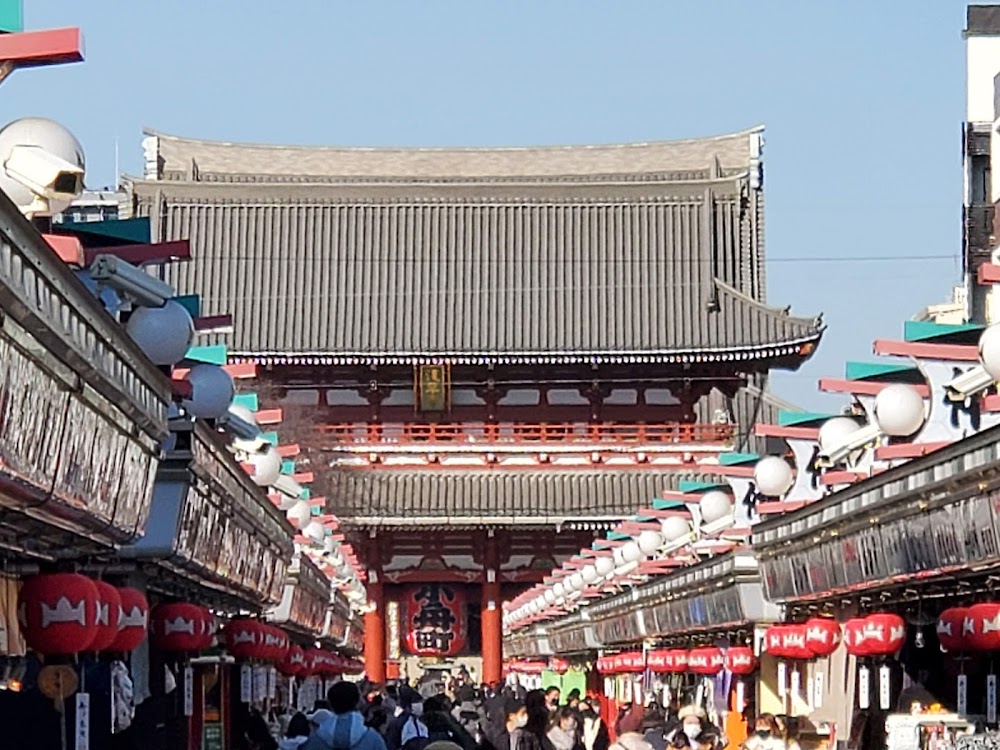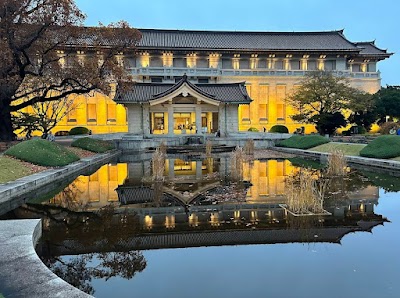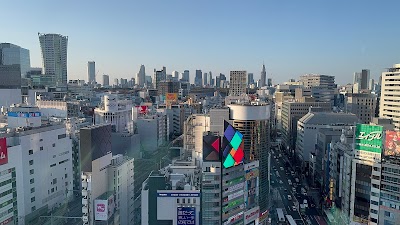Senso-ji Temple (浅草寺)
Overview
**Sensō-ji: A Historical Treasure in Tokyo**
Sensō-ji, located in the heart of Tokyo, Japan, is one of the country's oldest and most significant Buddhist temples, with origins dating back to 628 AD. The fascinating story of its establishment begins with two fishermen brothers, Hinokuma Hamanari and Hinokuma Takenari, who discovered a small golden statue of Kannon, the Buddhist goddess of mercy, while fishing in the Sumida River. This miraculous find sparked a series of events that would lead to the creation of this revered temple.
The brothers presented the statue to their village head, Haji no Matsuchi, who was deeply moved and decided to convert his home into a small temple to enshrine the statue. As word of the miraculous discovery spread, visitors from the surrounding region flocked to pay their respects. By 645 AD, with the dedication of a Buddhist priest named Shokai Shonin, Sensō-ji was officially established as a temple dedicated to Kannon, marking the beginning of its storied history.
Over the centuries, Sensō-ji grew in prominence and became a favored site for emperors and shoguns, who contributed to its expansion and development. The Tokugawa shogunate, in particular, played a crucial role in the temple's reconstruction during the Edo period (1603-1868), ensuring that Sensō-ji continued to thrive as a spiritual and cultural center.
Today, the temple complex features several notable structures, beginning with the **Kaminarimon (Thunder Gate)**, the main entrance known for its enormous red lantern. Passing through this iconic gate, visitors enter **Nakamise**, a lively shopping street filled with stalls offering traditional snacks and souvenirs. At the end of Nakamise lies **Hozomon (Treasure House Gate)**, another impressive gateway leading to the heart of the temple.
The main hall, known as the **Hondo or Kannon-do**, serves as the spiritual core of Sensō-ji. Here, the revered statue of Kannon is housed, although it remains hidden from public view. Visitors can offer prayers, light incense, and admire the exquisite architecture surrounding them. Adjacent to the main hall stands a stunning five-story pagoda, symbolizing the five elements of Buddhism: earth, water, fire, wind, and void.
Throughout its long history, Sensō-ji has faced numerous challenges, including natural disasters and wars. One of the most devastating moments occurred during World War II when many parts of the temple were destroyed by bombings. However, thanks to the unwavering determination of the local community and the Japanese government, Sensō-ji was meticulously rebuilt, restoring its former glory.
Sensō-ji is not just an architectural marvel; it's also a vibrant cultural hub. The temple hosts various festivals, with the most famous being **Sanja Matsuri**, held every May. This lively celebration honors the founders of Sensō-ji and features parades, traditional performances, and mikoshi (portable shrine) processions. Thousands of locals and tourists gather to participate in the festivities, infusing the temple grounds with dynamic energy.
In addition to its spiritual significance, Sensō-ji has become a major tourist attraction, thanks to its prime location in Tokyo's Asakusa district. The contrast between the serene atmosphere of the temple and the bustling urban environment offers visitors a unique glimpse into Tokyo's blend of tradition and modernity.
Ultimately, Sensō-ji stands as a testament to the enduring power of faith, community, and resilience. Its rich history, stunning architecture, and vibrant cultural scene continue to draw people from all walks of life, ensuring that the legacy of the two fishermen brothers and their miraculous find will resonate for generations to come.


